At Precision Solutions, catheter tip forming dies are a common product in the medical segment. Several variations of catheter dies are manufactured at Precision Solutions, using hard materials; most commonly carbides. Once the carbide tipping dies are completed, our customers use them to form the many different types of catheters for their end users.
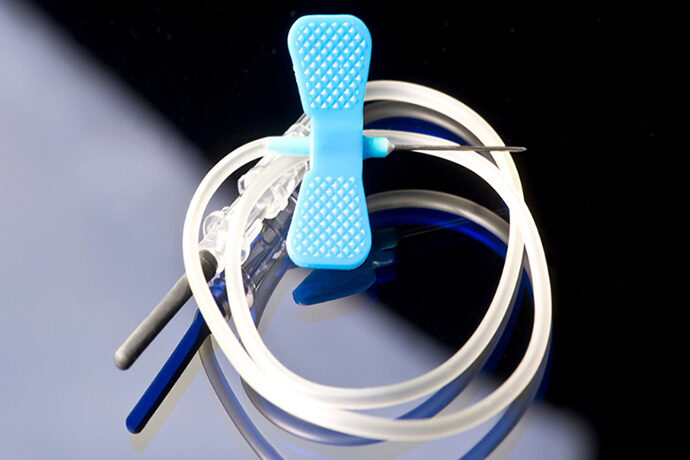
When discussing catheters, many people only think of Foley catheters, which are urinary catheters. Foley catheters are designed to remain internally in the bladder for a long period of time. The Foley catheter was designed in 1929 and is the most common type of indwelling catheter. However, the most common type of catheter that GLE-Precision manufacturers for customers are Hickman catheters, which are intravenous. A Hickman is a central line catheter which is placed on the right side of your chest wall. Hickman lines are used to access veins and can be used to give medicine, treatments and nutrition. Catheter dies often wear out quickly due to the plastic that is constantly rubbing against their walls. We are able to add an extreme surface finish to our dies, which allows for less force to be used when drawing the material and increase the wear life of our dies drastically.
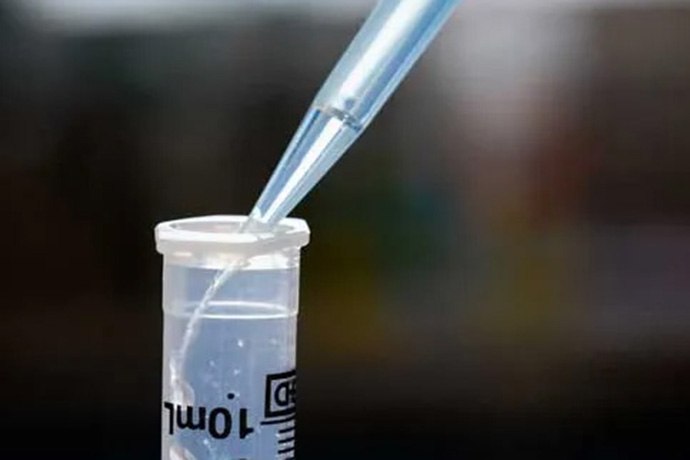
Tipping dies produce catheters, along with the cannulas often used for injecting medicines. Tipping is used to help with inserting and guiding a catheter or other interveinal device. These tipping dies are contoured to accommodate medical catheter tip applications. GLE-Precision is proud to be one of the most trusted suppliers of catheter tipping dies and catheter tip forming dies to multiple Fortune 100 medical companies. Customers choose GLE-Precision catheter tip forming dies and tipping dies because of their high quality, wear life, extreme tolerances, outstanding surface finish, and consistency.
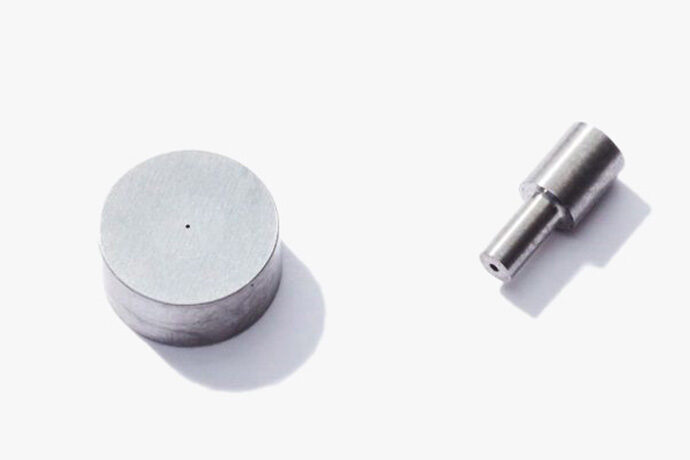
Another common product for the medical industry produced at GLE-Precision are swaging dies. Swaging dies are composed of two identical halves. A machine will press these two halves together, which forms the part. This method allows for complex geometries to be formed, which is why swaging dies make catheter assemblies. The amount of force applied often requires these dies to be comprised of hardened steel or carbide. The catheter material is poured or set into the mold. Finally, the die is compressed and the part is sized.
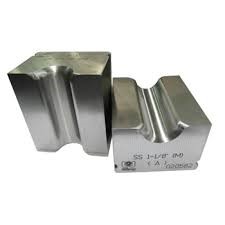
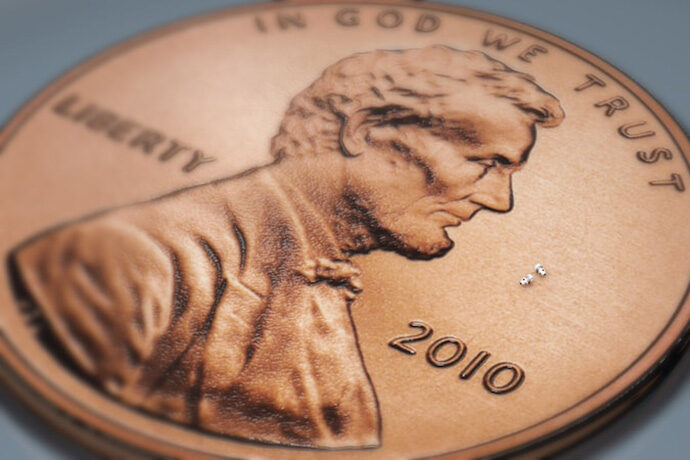
From precision grinding to lapping and engineering services, we provide exceptional customer service and expedited delivery options to all of our customers.